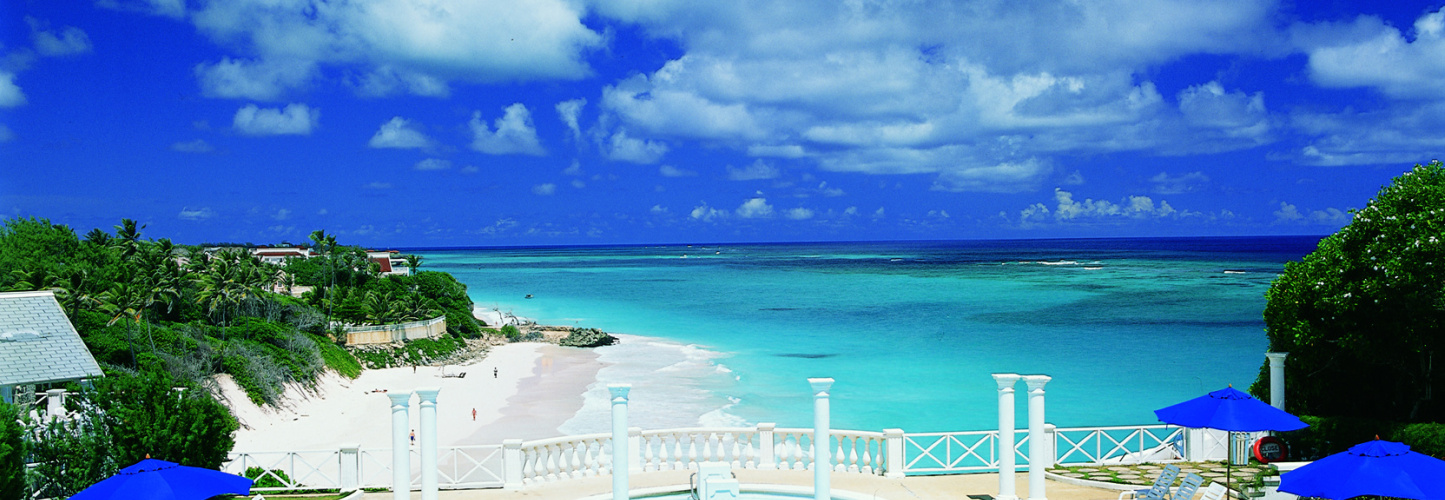This tiny island is an architectural design of old and new, of elegance and simplicity, of history and tradition preserved and repeated through the years.
This is a land of Jacobean and Georgian buildings built with coral and ships ballast, of Victorian homes and wooden chattel houses trimmed in gingerbread fretwork, of sophisticated hotels and their manicured lawns amid the open spaces of the golf courses, the cricket pitches, the polo field and the Garrison Savanna. It is a land of pirates castles with their fresco ceilings, ornate Italian sculptures from the 16 century and the Gothic churches. It is the home of movie stars living beside cane cutters, the aristocracy, the artisan and the fisherman. It is a blend of people, style and structure. It is Barbados.
It was the British, who came with the long and narrow medieval buildings, the Georgian, the Jacobean and the Victorian designs.
It was unbroken British conservatism that led to consistent uniformity, to balance and harmony, without the more flamboyant influences of the Spanish, French and the Indian Ornamentation so typical of other islands in the Caribbean.
It was the wealth of sugar that built the great plantation homes, solid structures of coral rock, furnished with mahogany, standing now as a heritage of grandeur.
It was the Barbados natural coral limestone, cut out of the terraces of the ancient sea cliffs, that became the distinctive building blocks of the stately homes, setting Barbados apart from its neighbors with their mostly wooden buildings in the Caribbean style.
It was the Caribbean climate of wind, rain and heat, that led to gable roofs, the big open verandas, the low hurricane resistant rectangular shapes, and the sturdy shutters of the sash and jalousie windows.
It was African craftsmen, with their skills and traditions that adapted European style and symmetry into a unique Barbados heritage of wood stone and coral.
It was history and tradition, a people set apart, unbridled privilege, bondage, pride and passion, both African and British, that mined the coral stone, carved the wooden banisters and cast the terra cotta tiles to lay the framework of this heritage.
It was a past, rich in tradition and history that influenced all that followed it.





